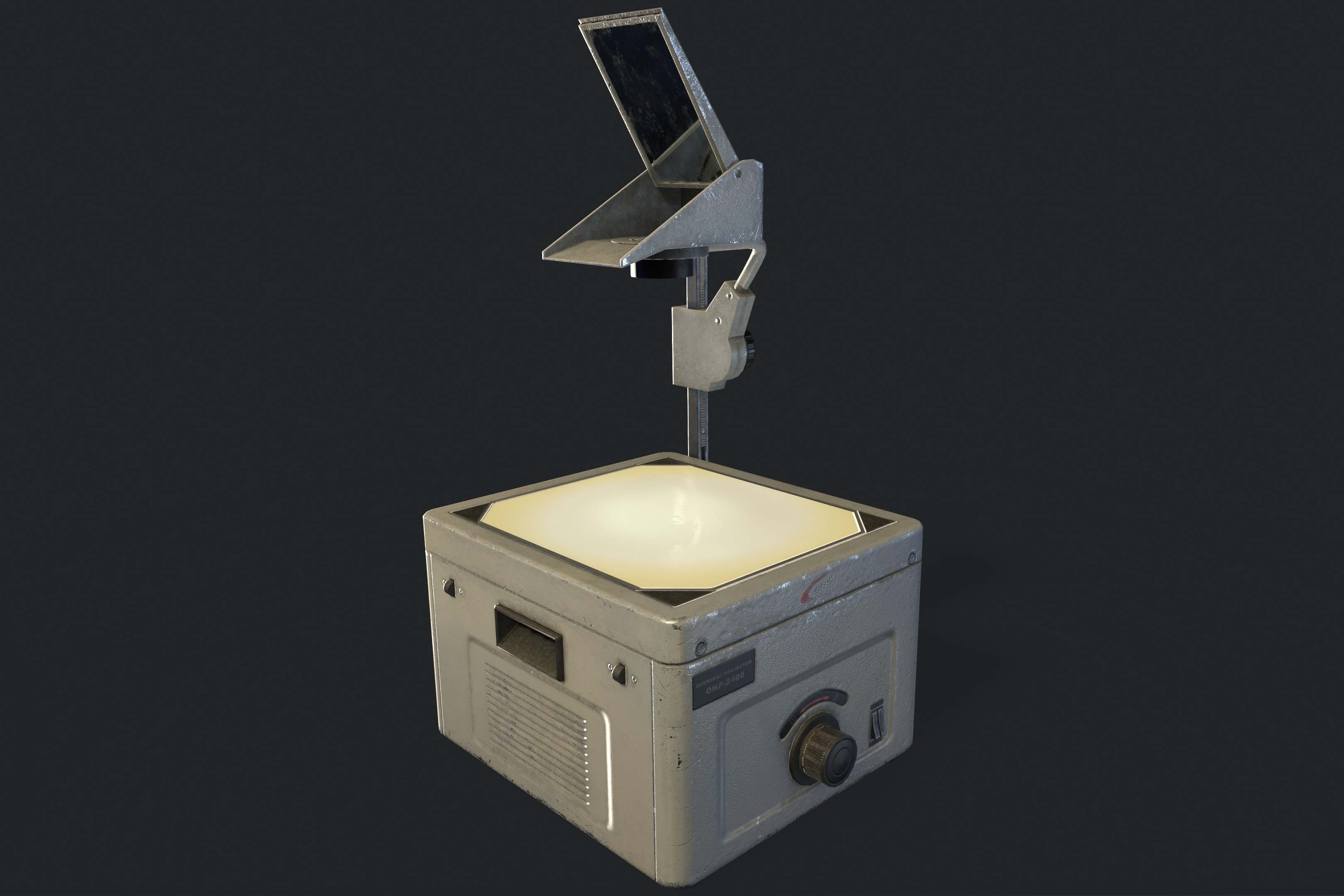
Ever wondered how classrooms and meetings were transformed before PowerPoint? The overhead projector played a pivotal role in education and business presentations. This simple yet effective device projected images from transparent sheets onto a screen, making it easier for everyone to see. Invented in the early 20th century, it became a staple in schools and offices by the 1960s. Teachers used it to display notes, diagrams, and even quizzes, while businesses relied on it for training and presentations. Despite being largely replaced by digital projectors today, the overhead projector remains a nostalgic symbol of a bygone era. Let's delve into 35 fascinating facts about this iconic tool.
The History of Overhead Projectors
Overhead projectors have been around for decades, serving as a staple in classrooms, offices, and presentations. Let's dive into some fascinating facts about their history.
- Early Beginnings: The first overhead projector was invented in the 1930s by Roger Appeldorn, an engineer at 3M.
- Military Use: During World War II, the U.S. military used overhead projectors for training purposes.
- Classroom Staple: By the 1960s, overhead projectors became a common tool in classrooms across America.
- Transparency Sheets: Early projectors used transparent sheets called "transparencies" to display images and text.
- 3M's Role: 3M was a major player in the development and popularization of overhead projectors.
How Overhead Projectors Work
Understanding the mechanics behind overhead projectors can be quite intriguing. Here are some key points about their functionality.
- Light Source: A bright light bulb inside the projector illuminates the transparency.
- Fresnel Lens: A Fresnel lens focuses the light onto the transparency.
- Projection Lens: The projection lens magnifies the image and projects it onto a screen.
- Mirror System: A mirror inside the projector reflects the image onto the screen, making it visible to the audience.
- Ventilation: Overhead projectors have built-in fans to prevent overheating.
Evolution and Technological Advancements
Overhead projectors have evolved significantly since their inception. Here are some notable advancements.
- Halogen Bulbs: Modern projectors use halogen bulbs for brighter and clearer images.
- Portable Models: Portable overhead projectors became popular in the 1980s, making it easier to transport them.
- Digital Overheads: The introduction of digital overhead projectors allowed for computer connectivity.
- Interactive Features: Some modern projectors come with interactive features, enabling touch screen capabilities.
- Eco-Friendly Options: Newer models are designed to be more energy-efficient and environmentally friendly.
Uses in Education
Overhead projectors have played a significant role in education. Here are some interesting facts about their use in schools.
- Visual Learning: They help in visual learning by displaying diagrams, charts, and notes.
- Teacher's Aid: Teachers use them to explain complex concepts more effectively.
- Student Engagement: Projectors keep students engaged by making lessons more interactive.
- Group Activities: They facilitate group activities and discussions by displaying group work.
- Special Education: Overhead projectors are used in special education to cater to different learning needs.
Overhead Projectors in Business
In the business world, overhead projectors have been indispensable tools. Here are some facts about their use in corporate settings.
- Presentations: They are widely used for business presentations and meetings.
- Training Sessions: Companies use them for employee training and development programs.
- Sales Pitches: Sales teams use projectors to present pitches and proposals to clients.
- Conference Rooms: Most conference rooms are equipped with overhead projectors.
- Brainstorming: They aid in brainstorming sessions by displaying ideas and notes.
Fun and Unusual Facts
Overhead projectors have some quirky and lesser-known aspects. Here are a few fun facts.
- Pop Culture: Overhead projectors have appeared in numerous movies and TV shows.
- Art Projects: Artists use them for tracing and enlarging images.
- DIY Projects: Some people use old projectors for DIY home theater setups.
- Science Experiments: They are used in science experiments to demonstrate optical principles.
- Retro Appeal: Vintage overhead projectors are now considered collectible items.
The Decline of Overhead Projectors
With the advent of new technology, the use of overhead projectors has declined. Here are some reasons why.
- Digital Projectors: Digital projectors offer better image quality and more features.
- Interactive Whiteboards: Interactive whiteboards have replaced overhead projectors in many classrooms.
- Tablets and Laptops: Tablets and laptops provide more versatile and portable presentation options.
- Cost: Maintaining and replacing parts for overhead projectors can be costly.
- Convenience: Modern devices are more convenient and user-friendly compared to traditional overhead projectors.
The Final Word on Overhead Projectors
Overhead projectors have been around for decades, transforming how we present information. From classrooms to boardrooms, these devices have made sharing ideas easier. They might seem old-fashioned now, but they were once cutting-edge technology. Overhead projectors use transparency films to project images onto screens, making it simple to display notes, diagrams, and more.
Despite newer technologies like digital projectors and interactive whiteboards, overhead projectors still have a place in some settings. They're reliable, easy to use, and don't require complex setup. Plus, they can be a cost-effective option for schools and small businesses.
Understanding the history and function of overhead projectors helps us appreciate how far we've come in visual communication. Whether you're a teacher, student, or business professional, knowing about these devices can give you a deeper appreciation for the tools we use to share knowledge.
Was this page helpful?
Our commitment to delivering trustworthy and engaging content is at the heart of what we do. Each fact on our site is contributed by real users like you, bringing a wealth of diverse insights and information. To ensure the highest standards of accuracy and reliability, our dedicated editors meticulously review each submission. This process guarantees that the facts we share are not only fascinating but also credible. Trust in our commitment to quality and authenticity as you explore and learn with us.
